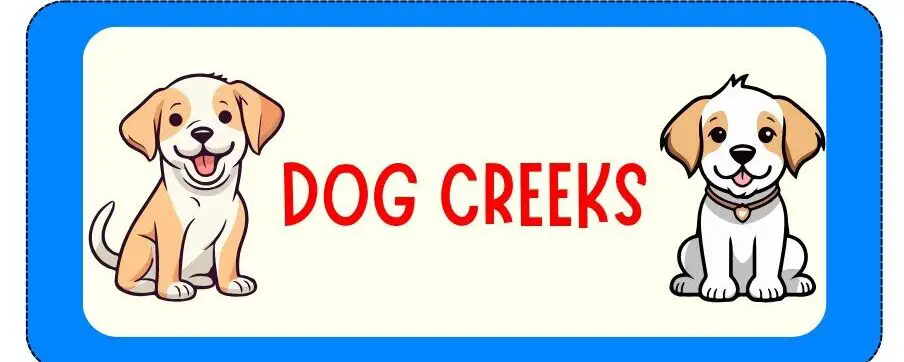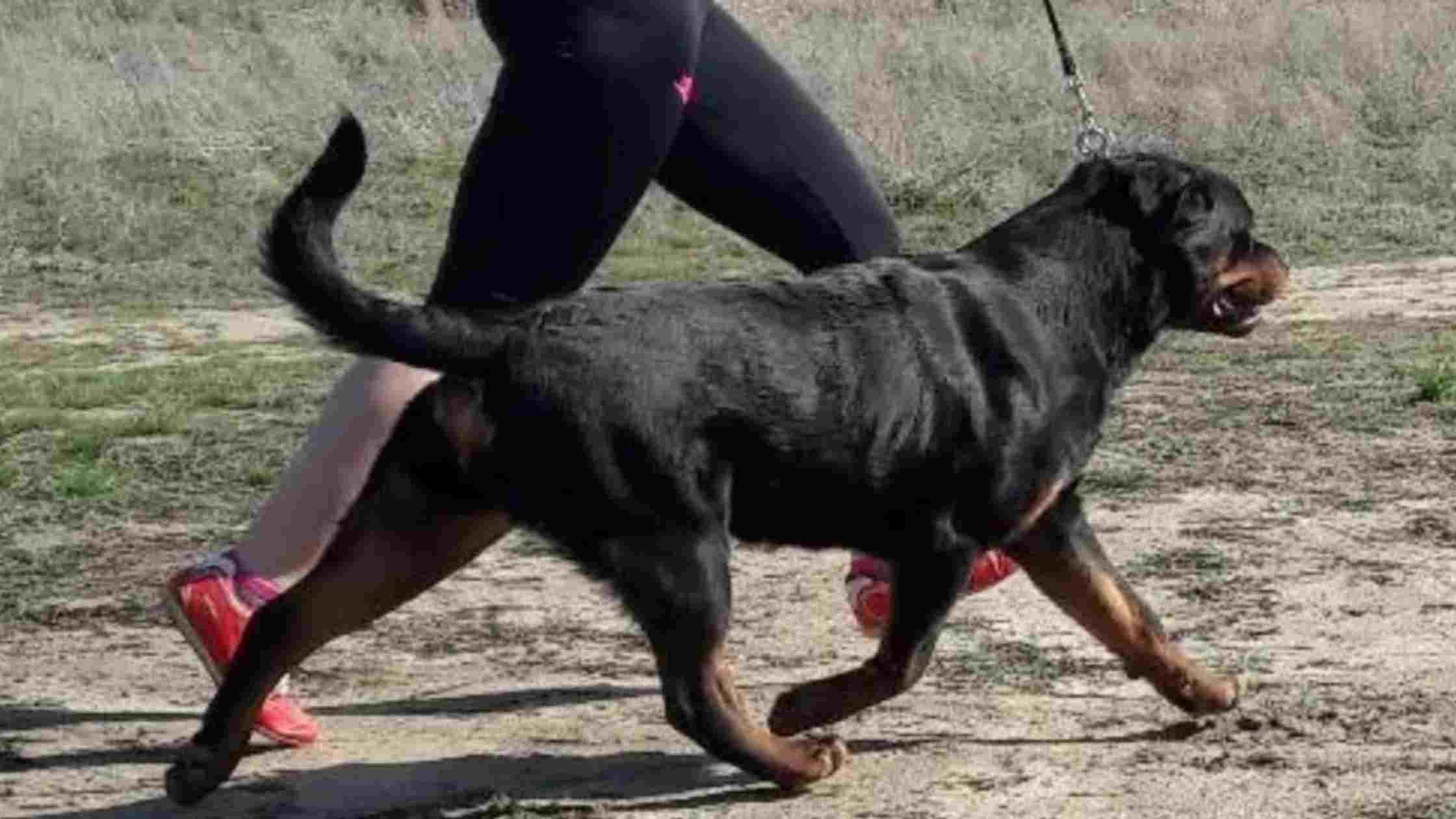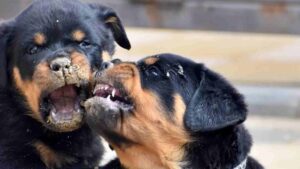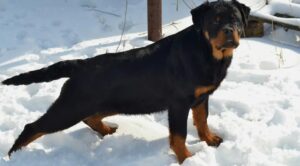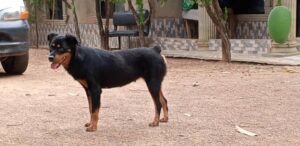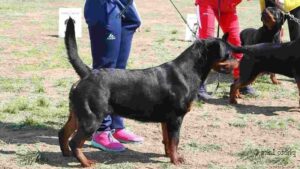Are you interested in knowing the signs of a poorly socialized dog? If yes, you are welcome to the right place.
In this blog post, I’ll explore the telltale signs of a poorly socialized dog, from excessive barking to fearful body language.
Discover the red flags and learn how to help your pup build confidence and thrive in social situations.
Signs of a Poorly Socialized Dog
I know how difficult it can be to deal with a poorly socialized dog, these groups of dogs are always aggressive and can be very territorial.
From my experience living with dogs, here are some common signs of a poorly socialized dog:
Repeated unexpected aggression toward other dogs
When a dog exhibits repeated unexpected aggression towards other dogs, I can tell you from experience that this is a sign of a poorly socialized dog, and it’s essential to delve deeper into the underlying reasons behind this behavior.
Living with dogs made me understand that poor socialization can lead to a lack of understanding of canine body language, communication cues, and appropriate play behavior.
I can also tell you that dogs that haven’t been exposed to a variety of dogs during their critical socialization period (usually between 3 to 14 weeks of age) may struggle to navigate social interactions effectively.
This lack of socialization can result in fear, anxiety, or defensive aggression when encountering unfamiliar dogs.
It’s crucial to address this behavior through positive reinforcement training, desensitization techniques, and controlled socialization experiences.
By gradually exposing the dog to well-mannered, calm dogs in a controlled environment, you can help them learn appropriate social skills and build confidence in interacting with other dogs.
Repeated unexpected fear or aggression toward people
From my experience with dogs I can tell you that repeated unexpected fear or aggression towards people can be a challenging behavior to address in dogs.
I can also tell you that dogs that haven’t been properly socialized with a variety of people during their early development stages may exhibit fear, anxiety, or aggression towards strangers or unfamiliar individuals.
And this unwanted behavior can stem from a lack of positive experiences, traumatic encounters, or genetic predispositions.
To help a dog overcome fear or aggression towards people, it’s crucial to create positive associations through rewards, gradual exposure, and desensitization techniques.
Building trust, confidence, and a sense of security through training, socialization activities, and controlled interactions with different people can help the dog feel more comfortable and less threatened in the presence of strangers.
Difficulty in playing or interacting appropriately with other dogs
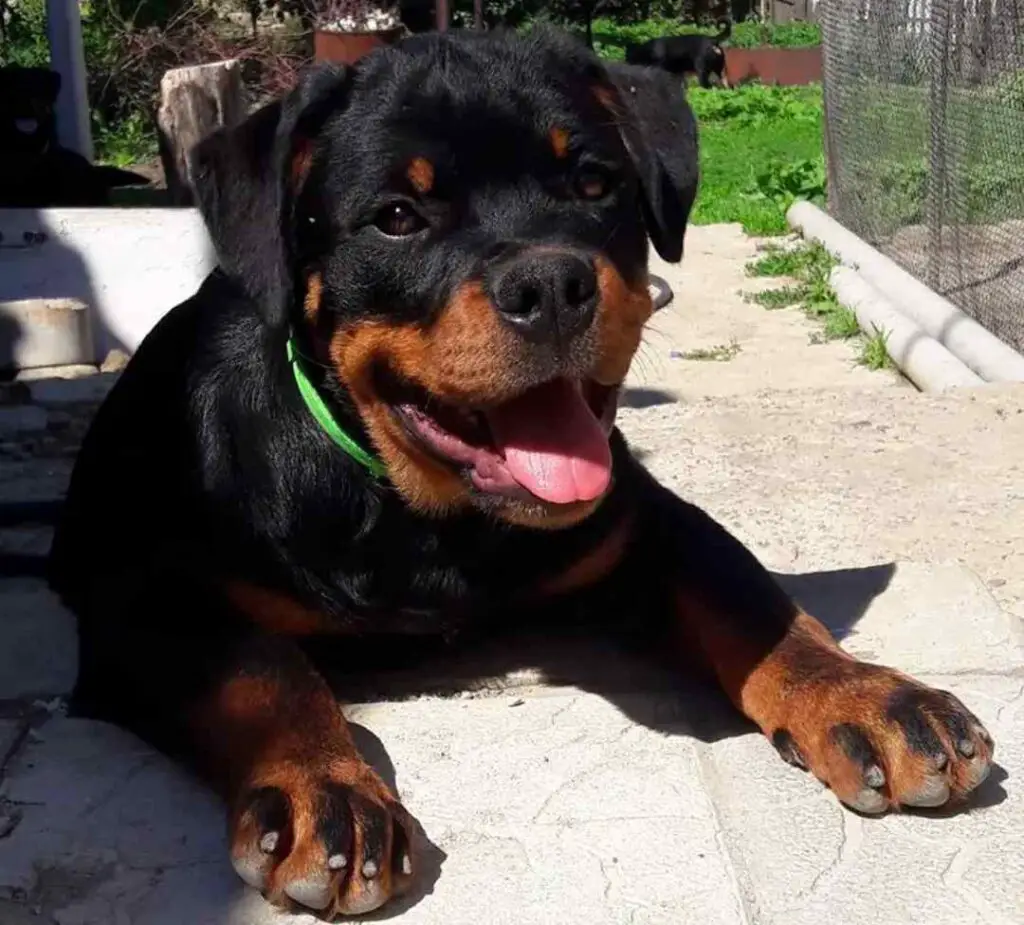
Difficulty in playing or interacting appropriately with other dogs can indicate a lack of social skills and understanding of canine communication.
I can tell you that dogs that haven’t had the opportunity to engage in positive, supervised play experiences with other dogs may struggle to interpret social cues, establish boundaries, or engage in appropriate play behaviors.
From my experience living with dogs, to help a dog develop better social skills and learn how to interact appropriately with other dogs, structured socialization activities, supervised playdates, and positive reinforcement training are essential.
Encouraging positive interactions, monitoring play behavior for signs of discomfort or aggression, and providing guidance on appropriate play manners can help the dog build confidence, improve social skills, and enjoy positive interactions with other dogs.
Repeatedly avoiding eye contact with people
From my experience living with dogs, I can boldly tell you that when a dog repeatedly avoids making eye contact with people, it is a sign of poor socialization.
In my opinion, this behavior always stems from a lack of confidence, fear, or discomfort around people.
Avoiding eye contact could also be a sign that a dog hasn’t had enough good interactions with people.
Inadequate socialization at an early age may lead dogs to perceive eye contact as a challenge or threat rather than a pleasant gesture.
Most unsocialized dogs may experience anxiety or uneasiness in social settings as a result.
In my opinion, it’s crucial to establish eye contact to a dog gradually and match it with positive reinforcement, like treats or praise, in order to assist them become more accustomed to it.
My suggestion is to gradually encourage the dog to make brief eye contact with you. By rewarding them, you may help them develop confidence and trust in their human friends.
Difficulty with handling by unfamiliar people
Dogs that exhibit discomfort or fear when being handled by unfamiliar people may be displaying a sign of poor socialization.
Proper socialization involves exposing dogs to a variety of people, including strangers, in a positive and controlled manner from a young age.
Without this early introduction, dogs may develop heightened nervousness or defensiveness when approached or touched by people they don’t know, based on my personal experience living with dogs.
This may show up as snarling, snapping, or making an effort to completely avoid the engagement.
It is crucial to introduce dogs to new people gradually and in a pleasant manner in order to help them feel more at ease.
This could entail introducing the dog to a range of individuals at first, then gradually bringing them closer while rewarding the dog for composure with praise and treats.
Additionally, I suggest making sure that all handling—like brushing or vet visits—is done in a kind and satisfying way.
Difficulty in adapting to new environments and situations
Dogs that struggle to adapt to new environments or situations may not have been adequately socialized to a variety of stimuli and experiences.
Proper socialization helps dogs build confidence and resilience, enabling them to navigate unfamiliar environments with ease.
In the absence of this exposure, dogs may show signs of tension, fear, or even hostility in response to unfamiliar sights, sounds, or circumstances.
This can involve actions like overly barking, crouching, or making an escape attempt.
It’s crucial to progressively expose dogs to new settings and circumstances while offering them support and encouraging words in order to help them become more adaptive.
This can entail moving them to new places, introducing them to unfamiliar people or animals, and giving them praise for being composed and self-assured.
To help develop a dog’s resilience and adaptability, gradually increase the intensity and variety of new encounters.
Excessive barking and resource guarding

Unsocialized dogs may utilize excessive barking as a means of expressing their dread, nervousness, or annoyance.
They may become overwhelmed by new people, animals, or situations and become overly barking as a means of communicating their anxiety.
This may indicate that they lack the self-assurance and social graces necessary to handle these circumstances coolly.
Resource guarding behavior can also result from poor socializing. Dogs can develop a possessive and protective attitude about their toys, food, and even sleeping quarters.
This behavior is the result of a lack of exposure to sharing and knowledge about the safety of resource sharing.
Dogs who engage in resource guarding behavior may growl, snarl, or even bite anyone who approaches their valuables.
To stop this behavior from getting worse, I suggest you treat it at an early age through appropriate socialization and training.
Isolation, shyness or avoidance of other dogs
Insufficiently socialized dogs may exhibit behaviors such as shyness, avoidance, or isolation from other dogs.
When they see strange dogs, they could exhibit uneasiness, fear, or discomfort, which could result in aggressive reactions or avoidance behaviors.
This can be the result of them not having enough pleasant encounters with other dogs during their crucial socialization phase.
Unsocialized dogs at this age may find it difficult to read body language and social signs from other dogs, which makes it harder for them to build healthy partnerships.
Reduced exposure to diverse locations, people, and experiences can also lead to symptoms of isolation and shyness in dogs.
In unfamiliar circumstances, an unsocialized dog may experience feelings of overwhelm or anxiety that lead them to retreat or display fear-based behaviors.
They may find it difficult as a result to socialize, enjoy activities that take them outside of their comfort zone, or adjust to new surroundings.
Difficulty with handling and grooming
Inadequate socialization of dogs might make them challenging to handle and groom. When touched, checked, or groomed, they could show symptoms of fear, anxiety, or resistance.
This can make regular tasks like cleaning their ears, clipping their nails, or even going to the vet uncomfortable for both the dog and the owner.
How comfortable and accepting a dog is toward pleasant handling and gentle grooming depends greatly on early encounters with these activities.
Inadequate socialization can cause dogs to become fearful of contact or uncomfortable in restraints, which can make grooming or required medical attention difficult.
For dogs who are not well socialized, it is crucial to approach handling and grooming tasks with tolerance, positive reinforcement, and progressive exposure.
By fostering trust and reducing their exposure to these situations, you can assist your dog in overcoming their anxieties and growing more accustomed to these essential processes.
Related: Benefits of socializing your dog.
Signs of a Well-Socialized Dog
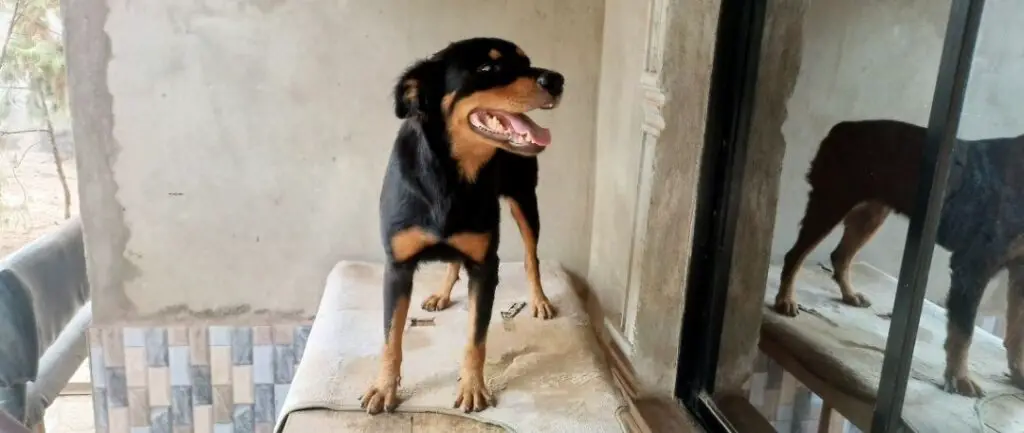
In my opinion as a dog owner, here are some signs of a well-socialized dog:
- Easy to groom and handle
- Friendly with other dogs
- Open to playing with other pets
- Allowing people to pet them
- Less barking
- Friendly to strangers
- Easy going
- Relaxed body language
- Obedient in public
- Copes with separation
- Adaptable to new environments
Conclusion
Allow your pet to experience the benefits of sociability. You may help your dog become a confident and well-adjusted companion by taking the appropriate actions after you identify the warning signs of a badly socialized canine.
Positive reinforcement, together with persistence and patience, will help you lead your dog to a more contented and socialized future. Take action now and see your dog transform into a gregarious butterfly!
Related: Ways of socializing dogs.
Related Questions
How can I tell if my dog is poorly socialized?
One sign of a poorly socialized dog is if they display fear or aggression towards other dogs or people. Additionally, if your dog doesn’t know how to properly interact with others, struggles with basic commands, or shows excessive fear or anxiety in new situations, it could indicate poor socialization.
Can a poorly socialized dog be trained?
Yes, with patience and consistency, a poorly socialized dog can be trained. It’s important to start with basic obedience training and gradually expose them to new environments, people, and dogs in a controlled and positive way. Seeking the help of a professional dog trainer or behaviorist can also greatly assist in the process.
What are the consequences of poor socialization in dogs?
Poor socialization can lead to behavioral issues such as fear, anxiety, and aggression. Dogs that are poorly socialized may struggle to adapt to new situations, have difficulty interacting with others, and may be more prone to developing behavioral problems later in life.
Is it ever too late to socialize a dog?
While it’s easier to socialize dogs when they are young puppies, it’s never too late to start socializing an older dog. It may require more time and effort, but with patience and positive reinforcement, you can help your dog become more comfortable and confident in various social situations.
